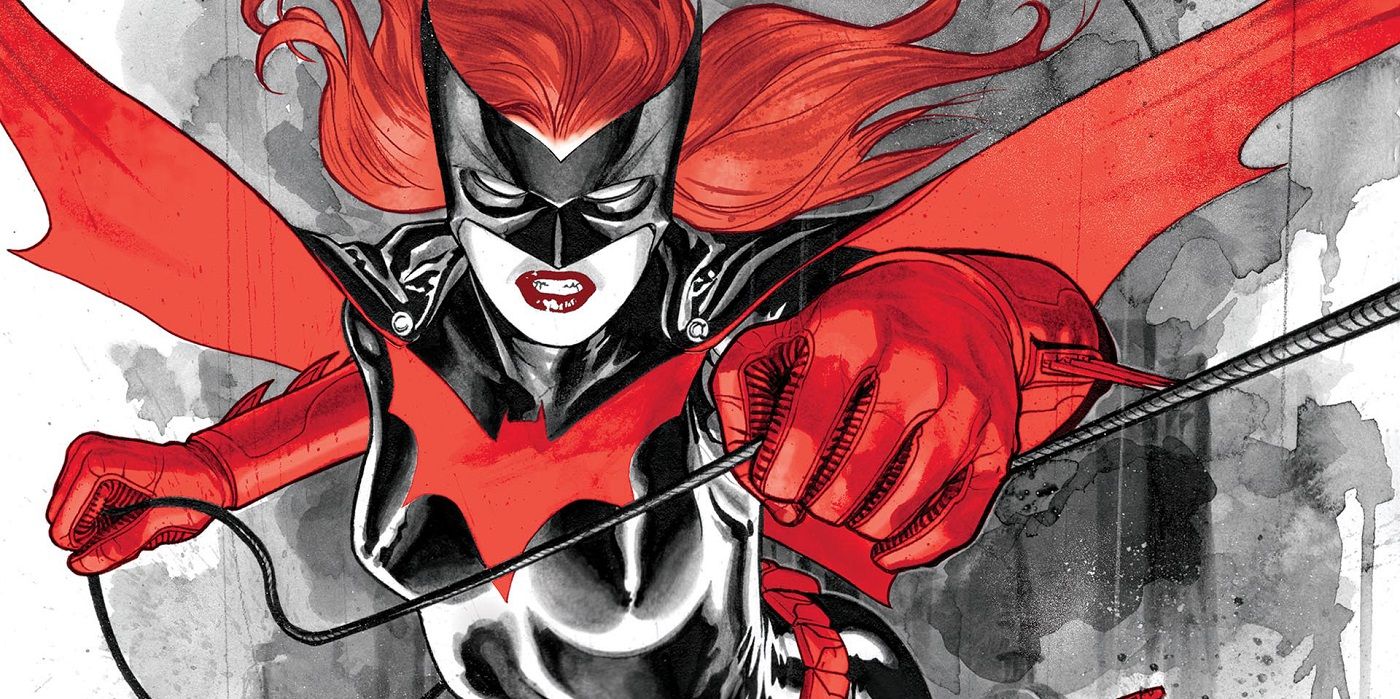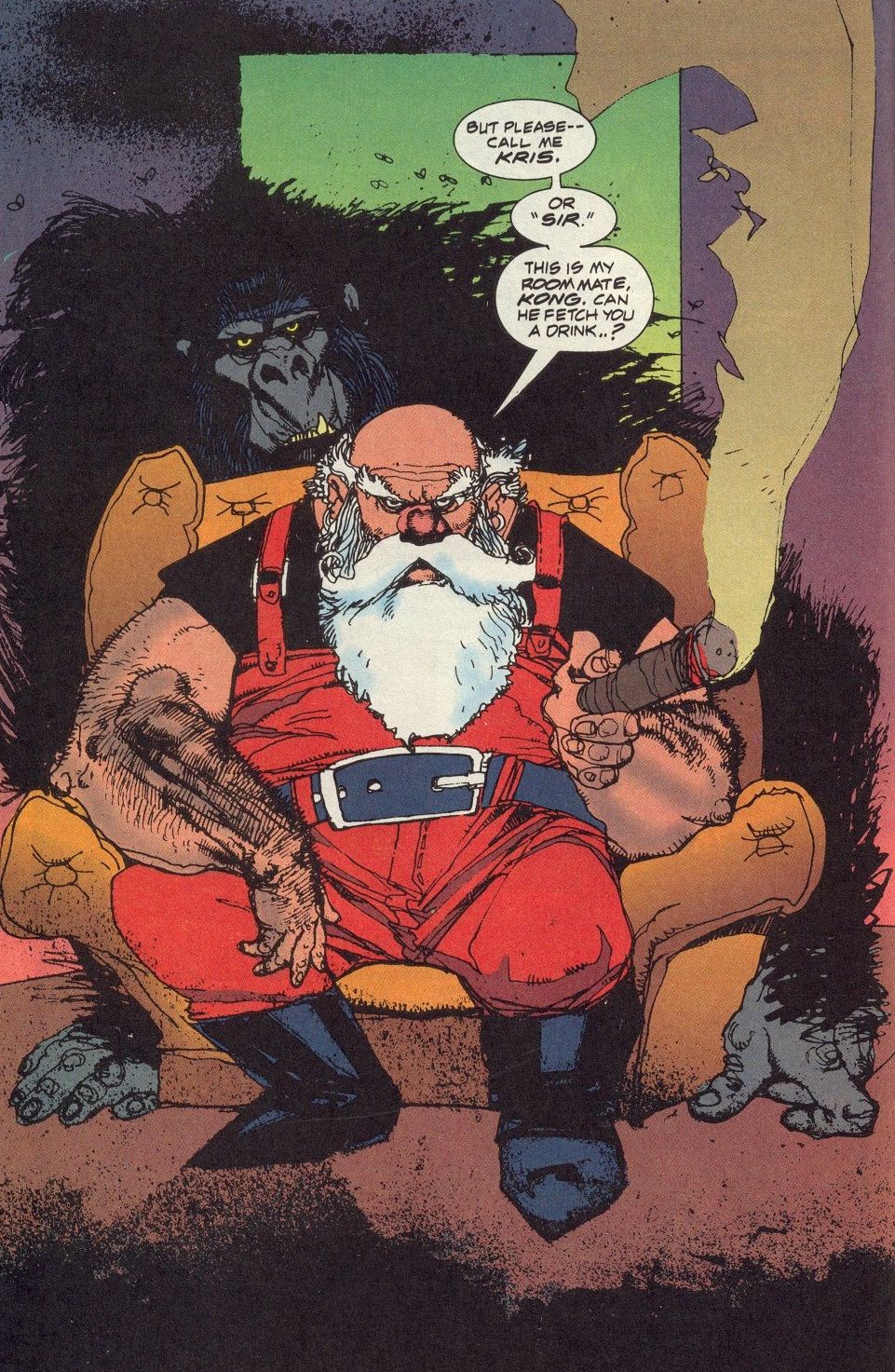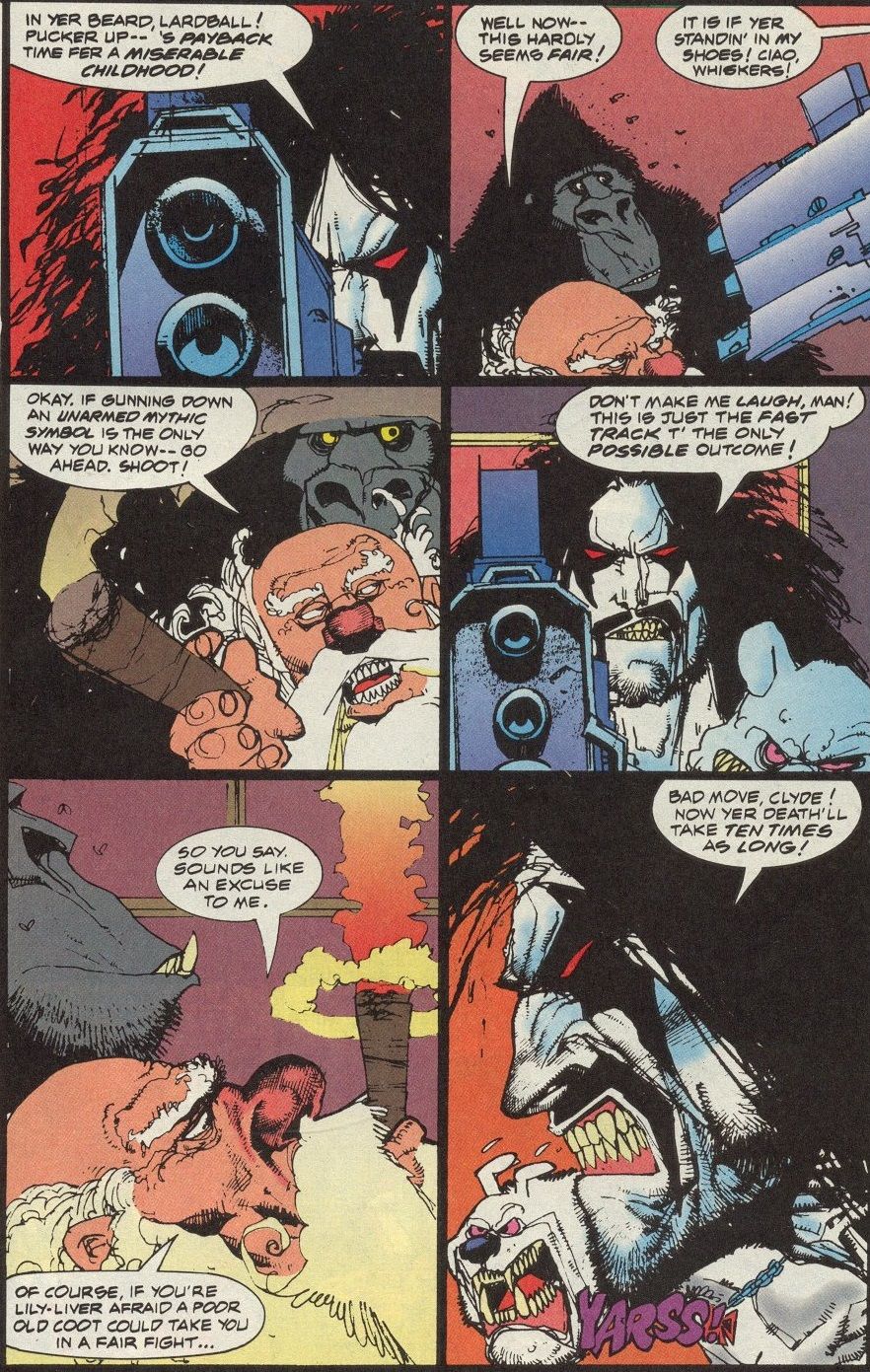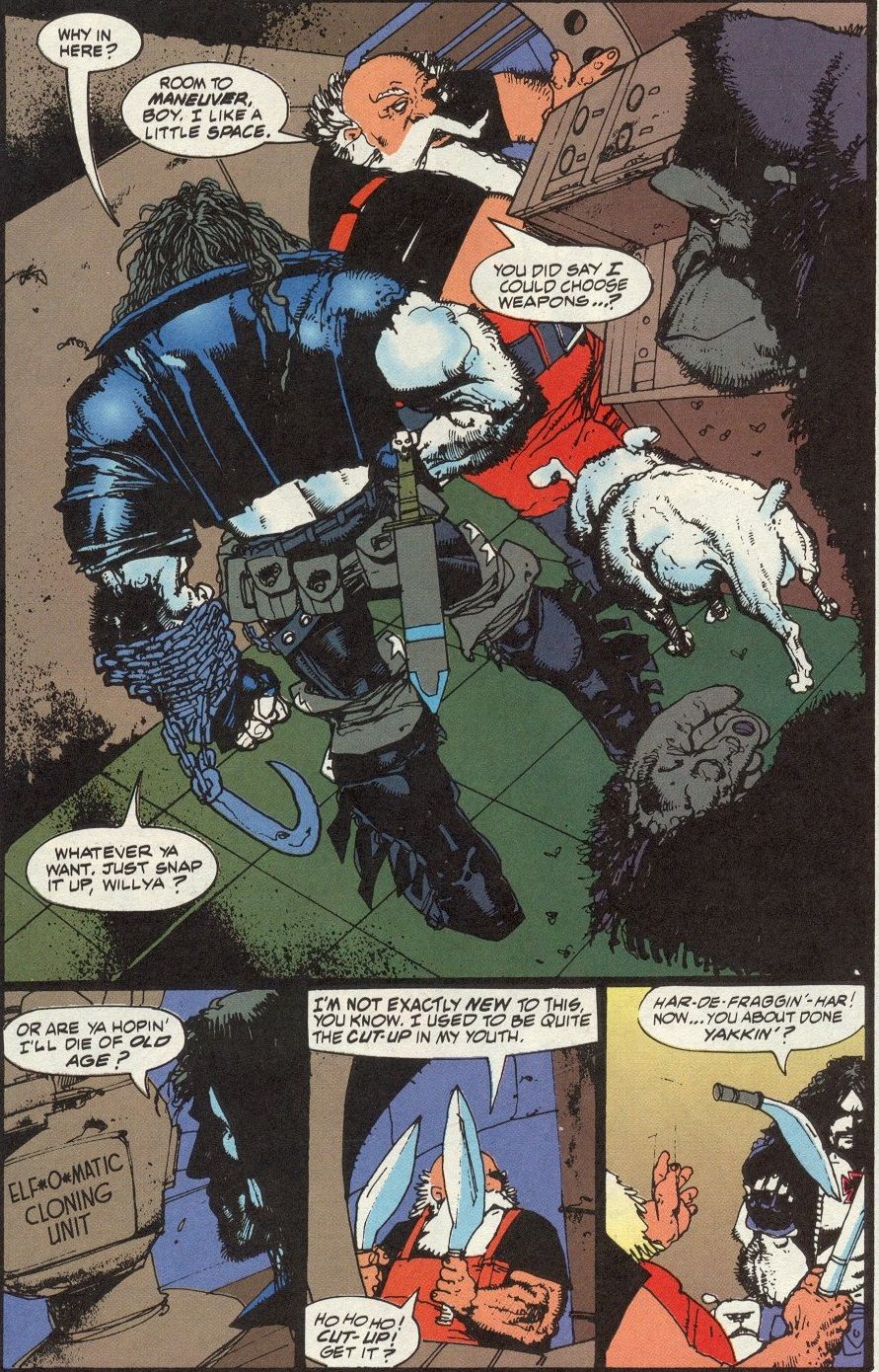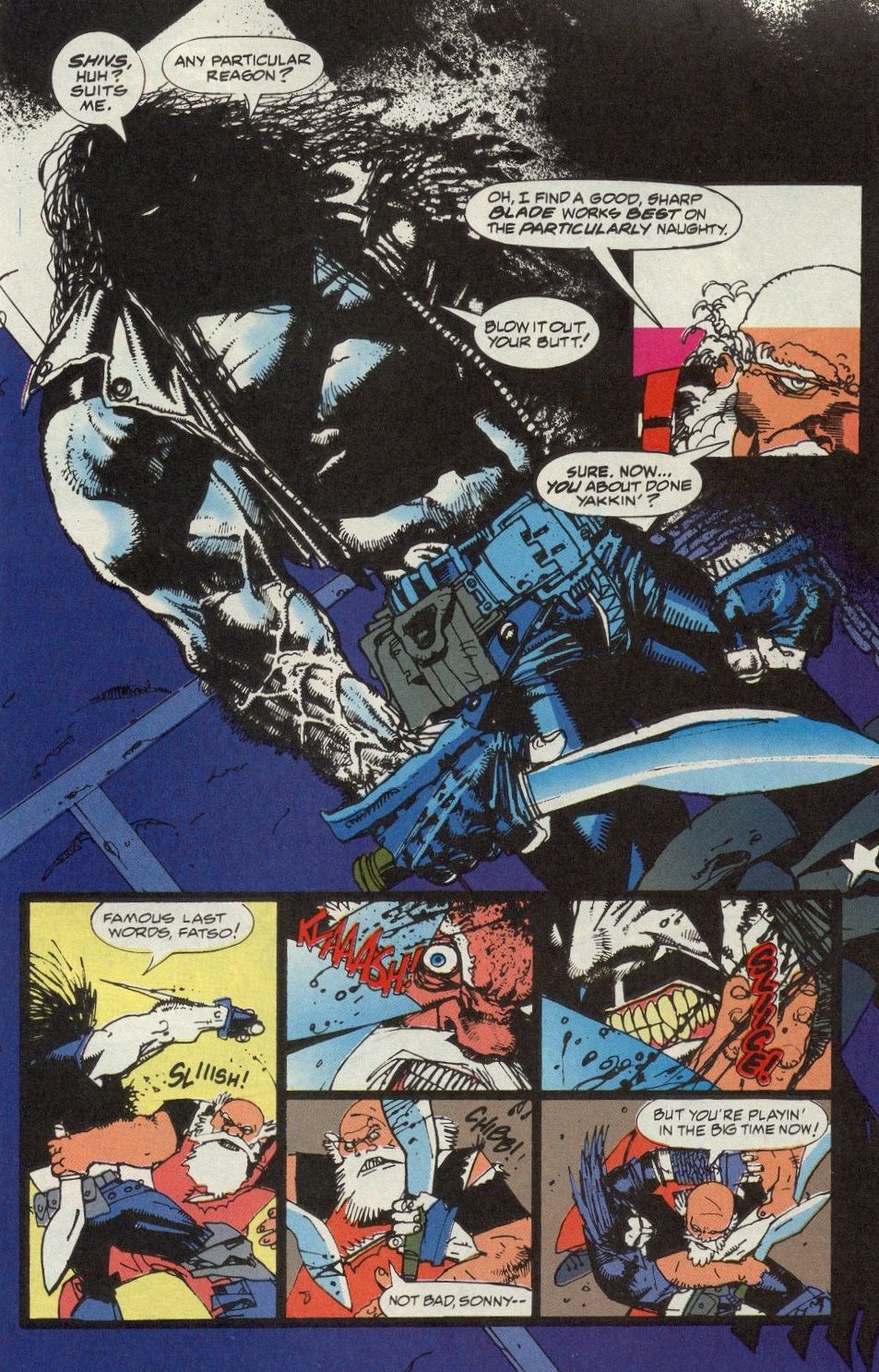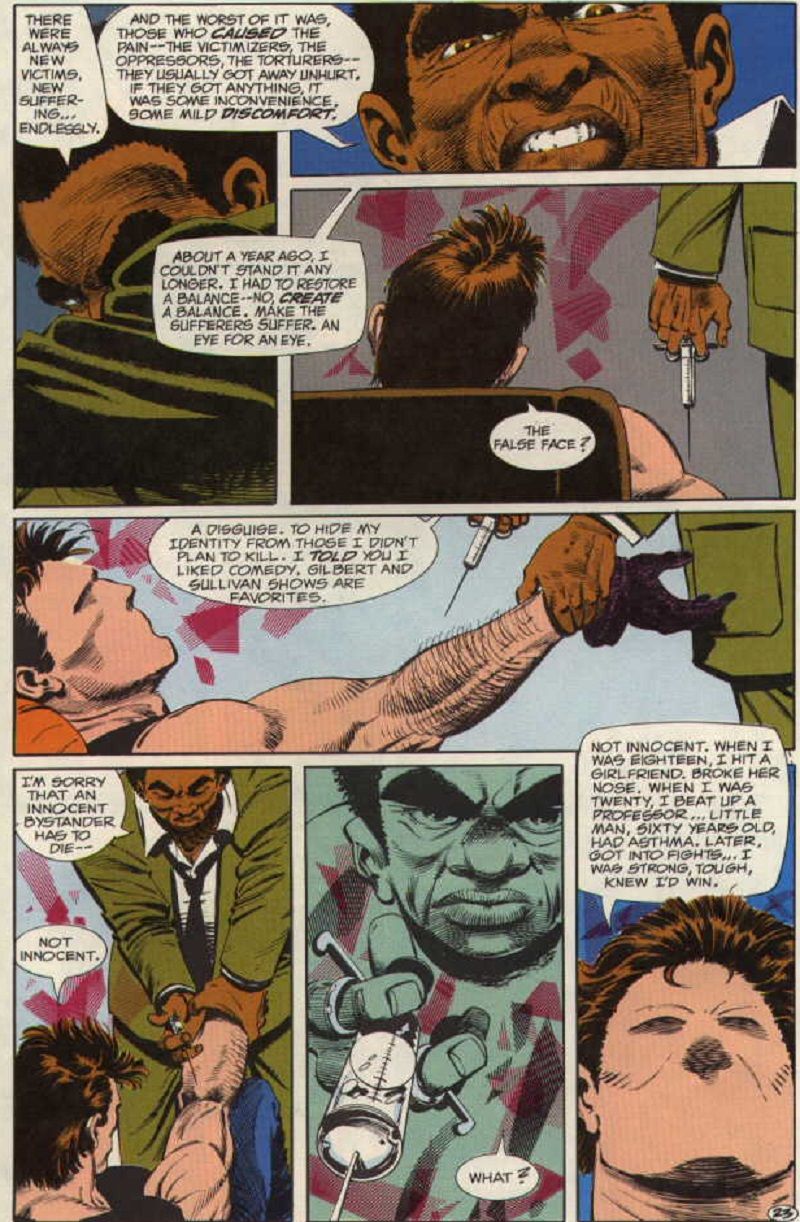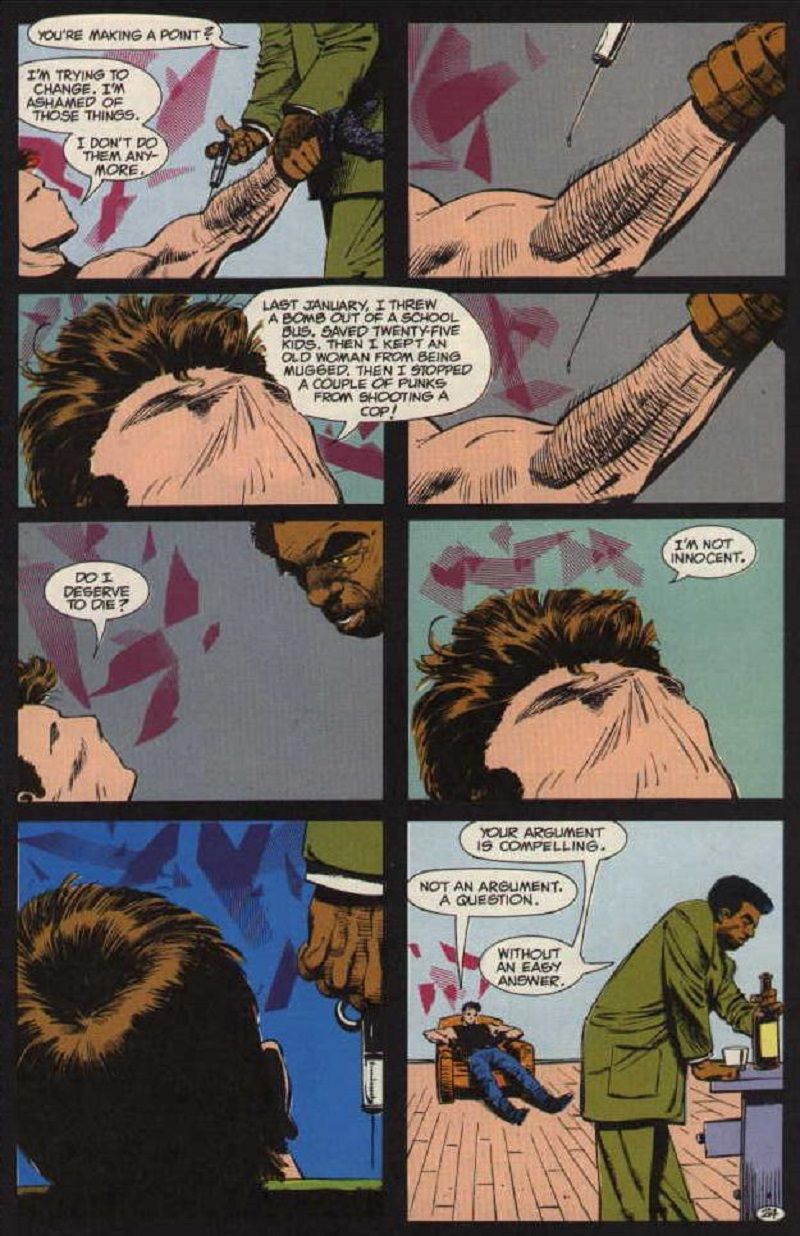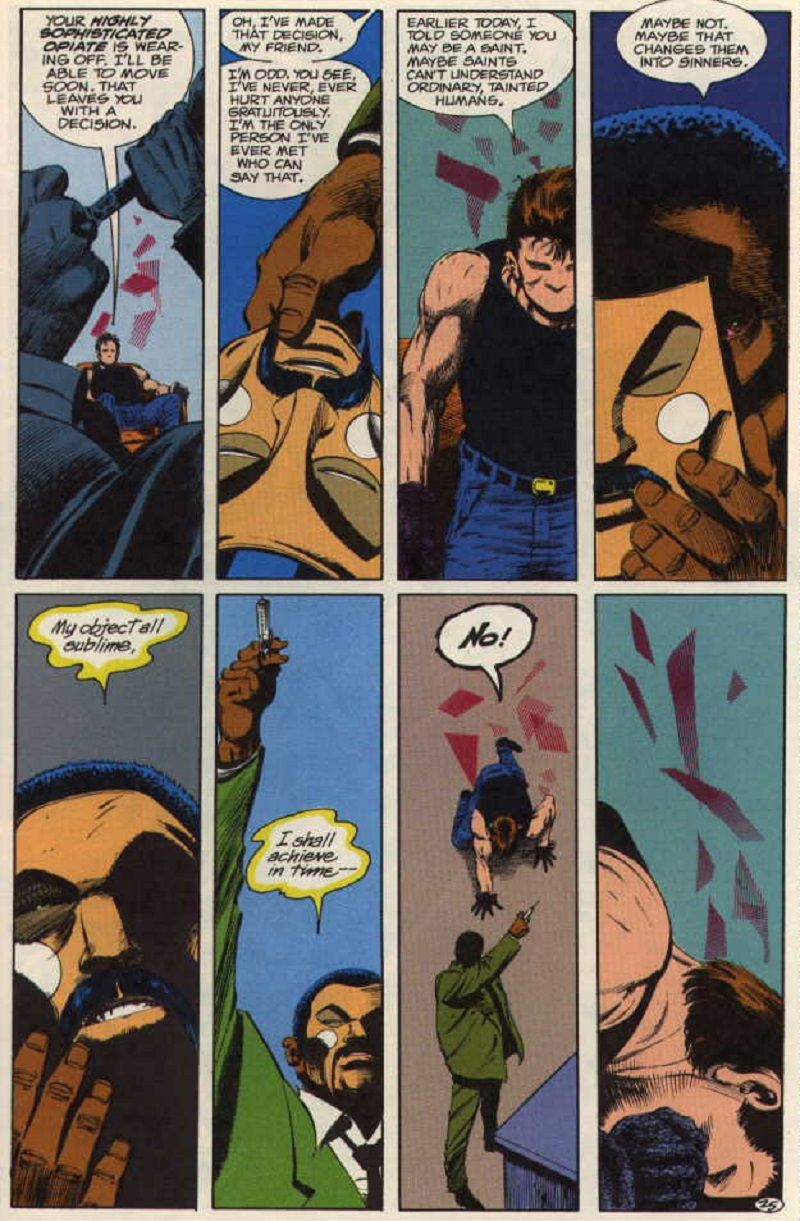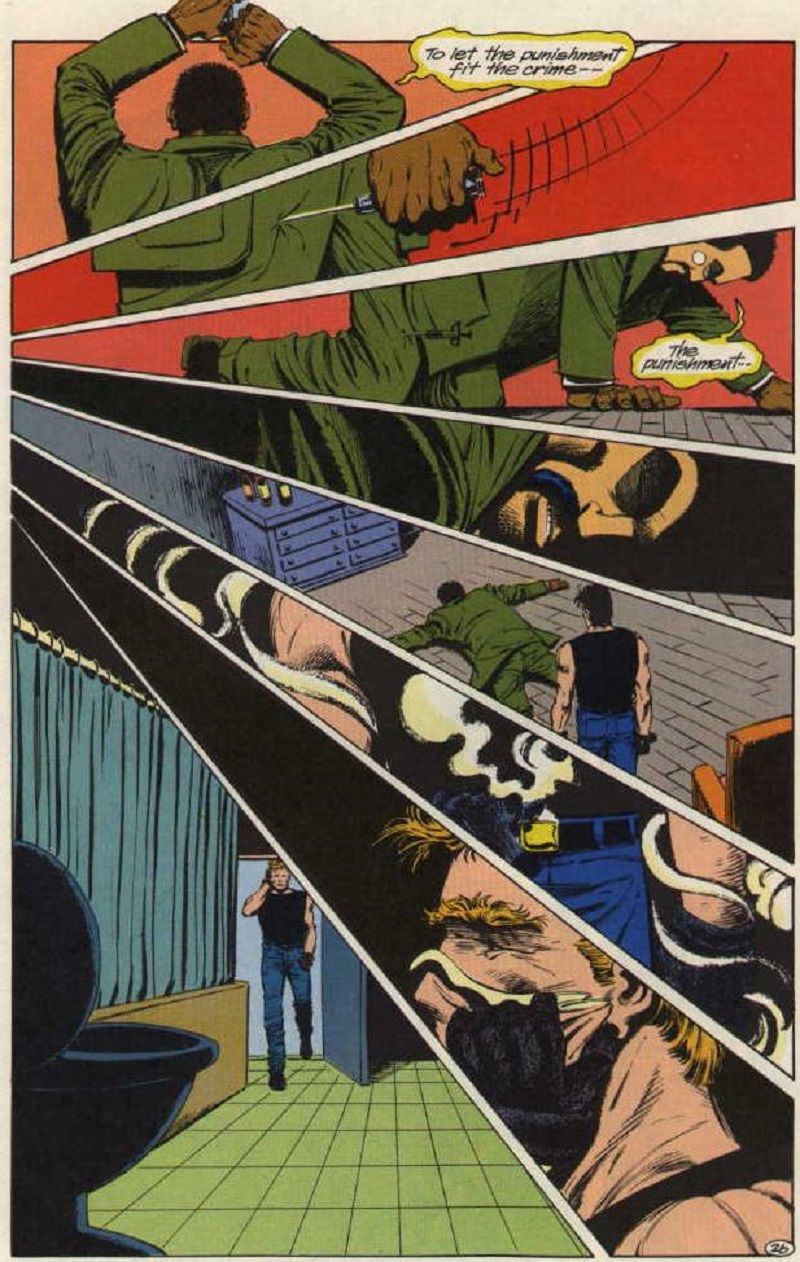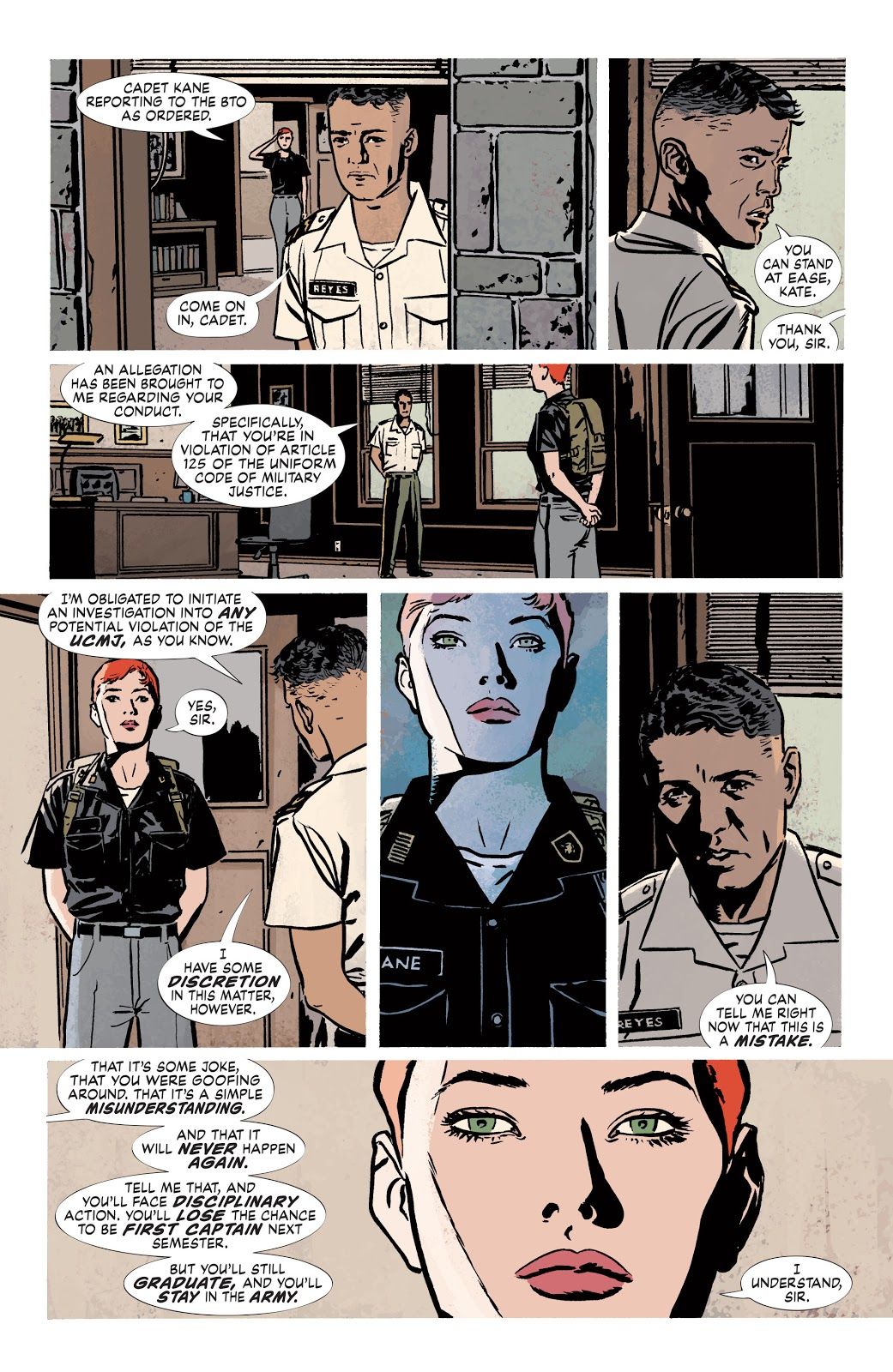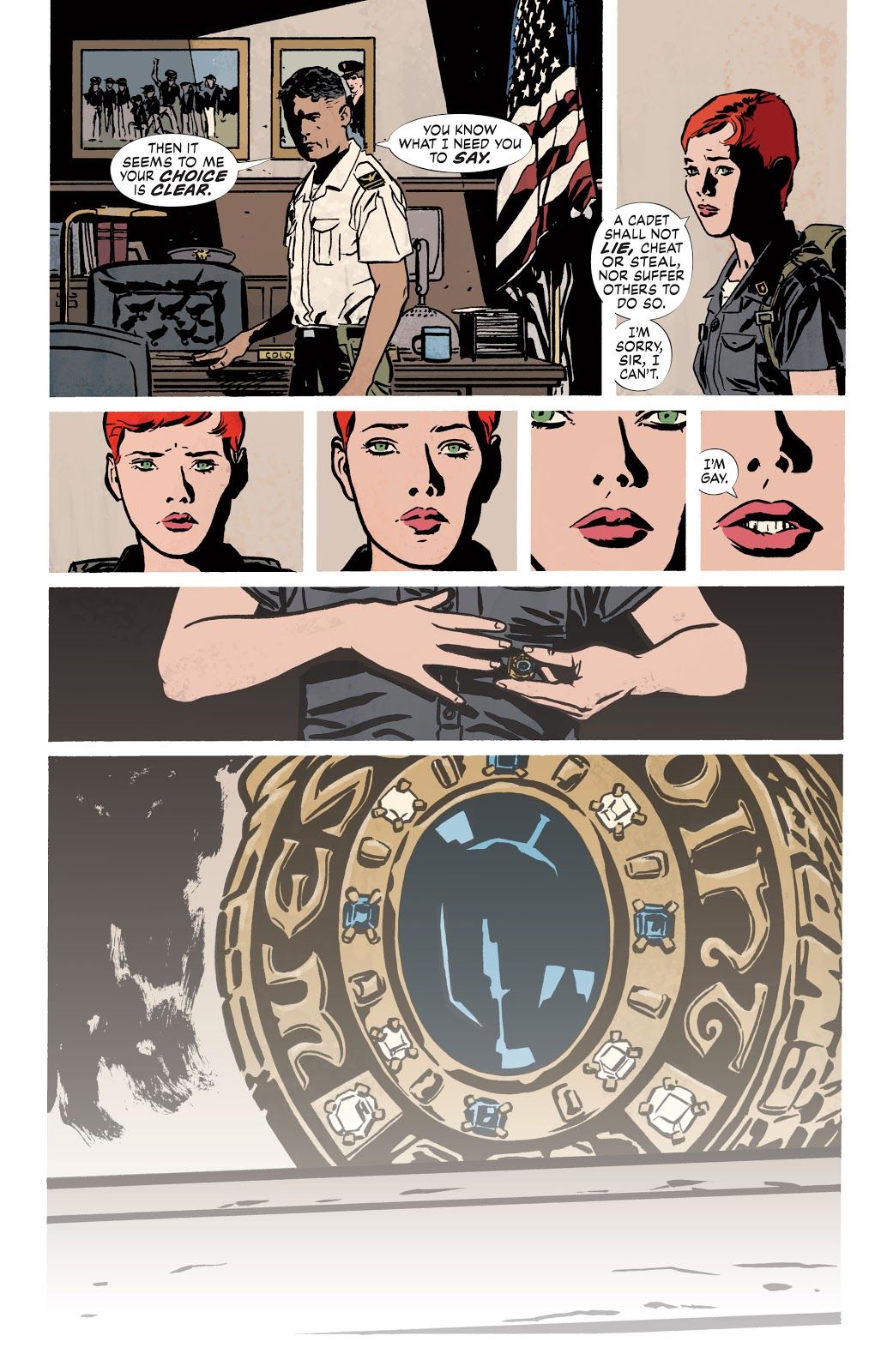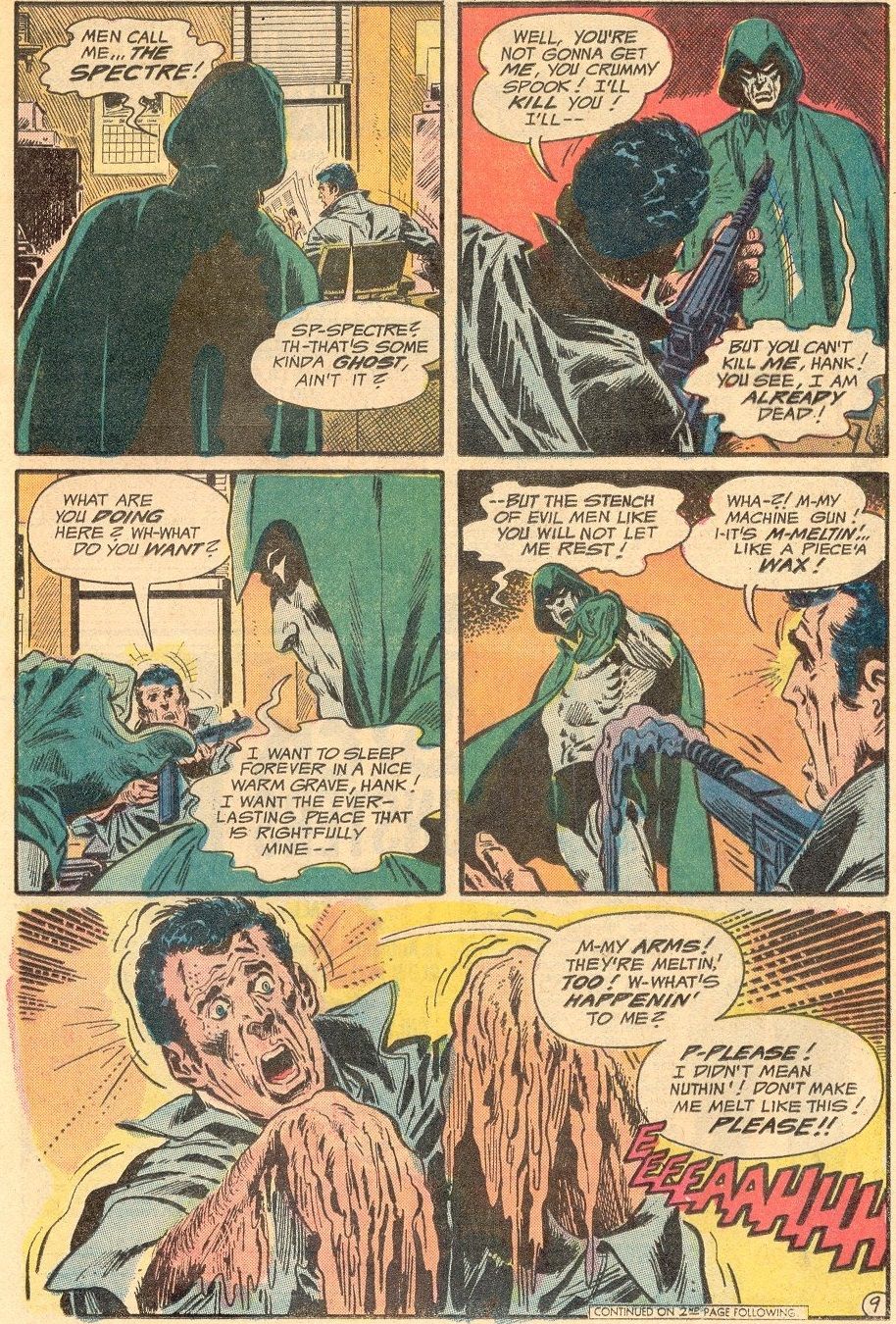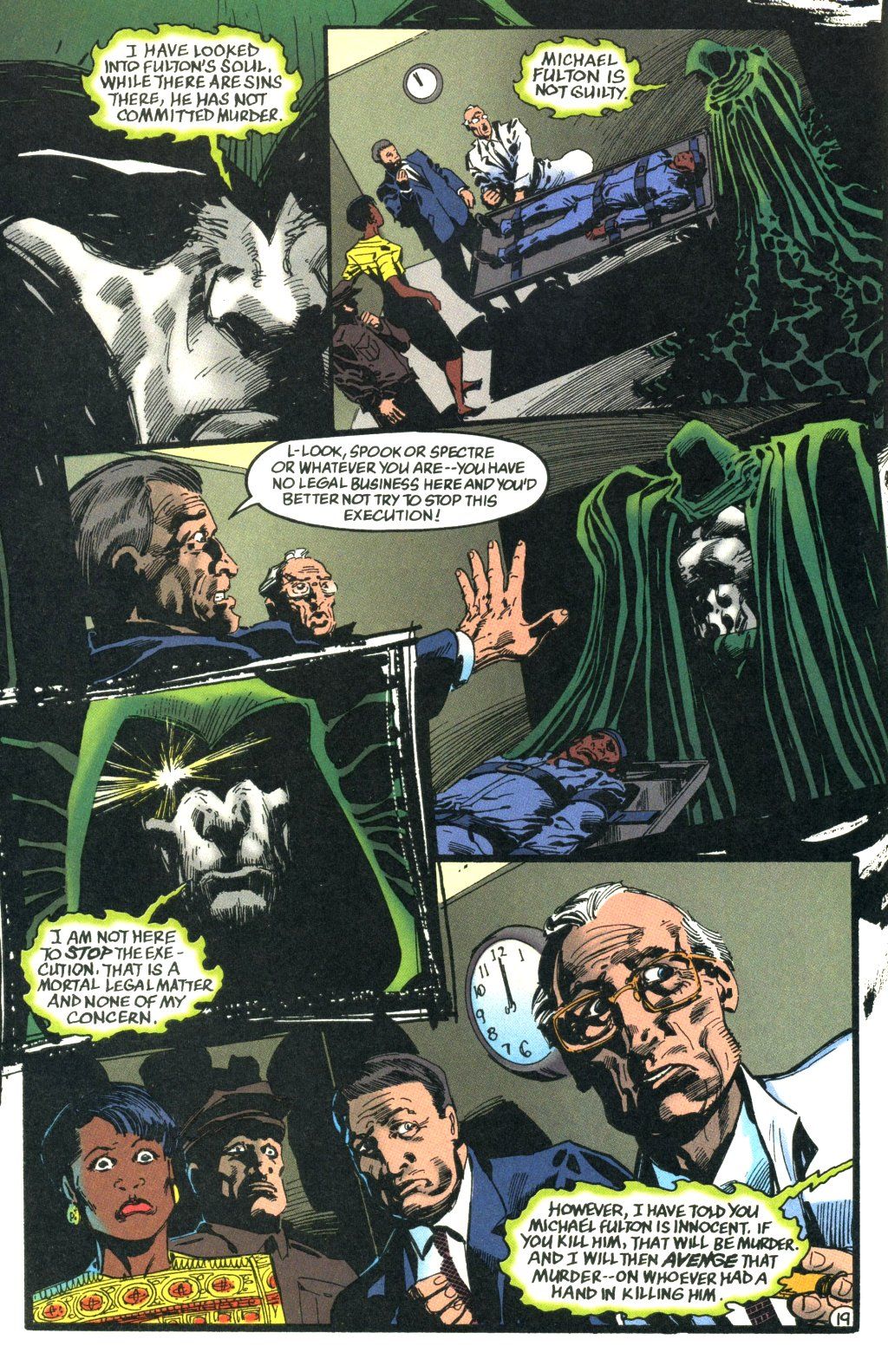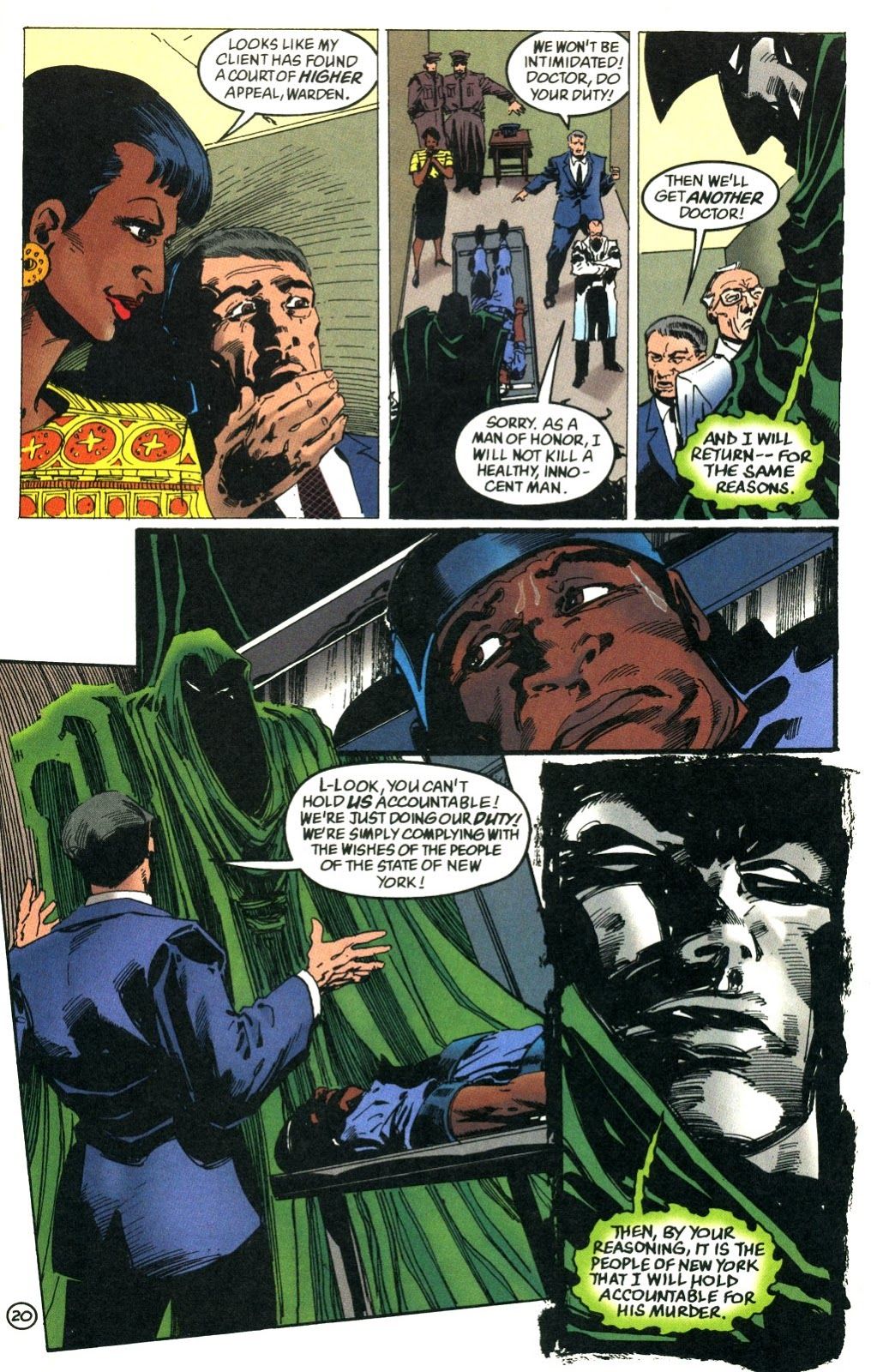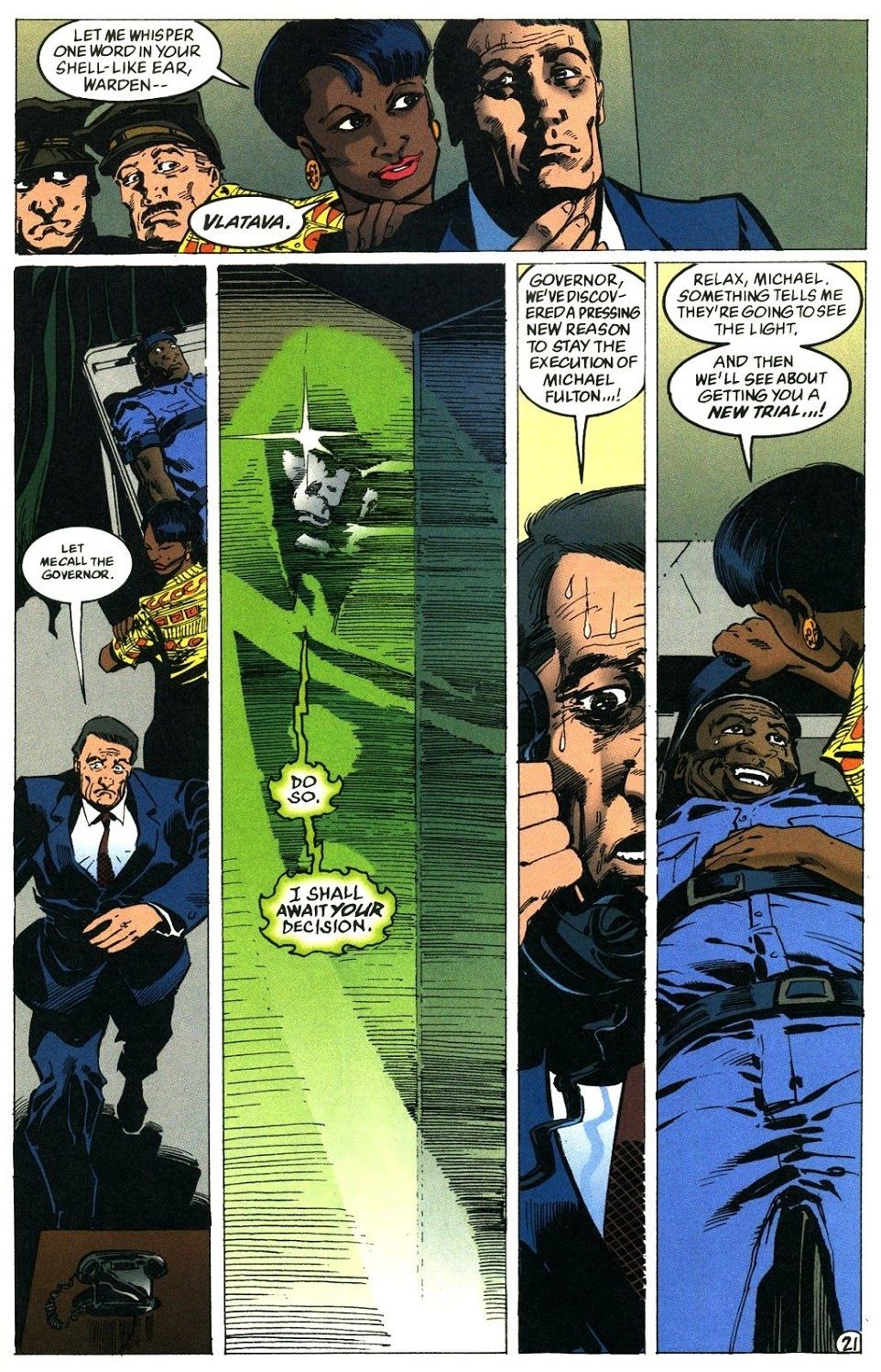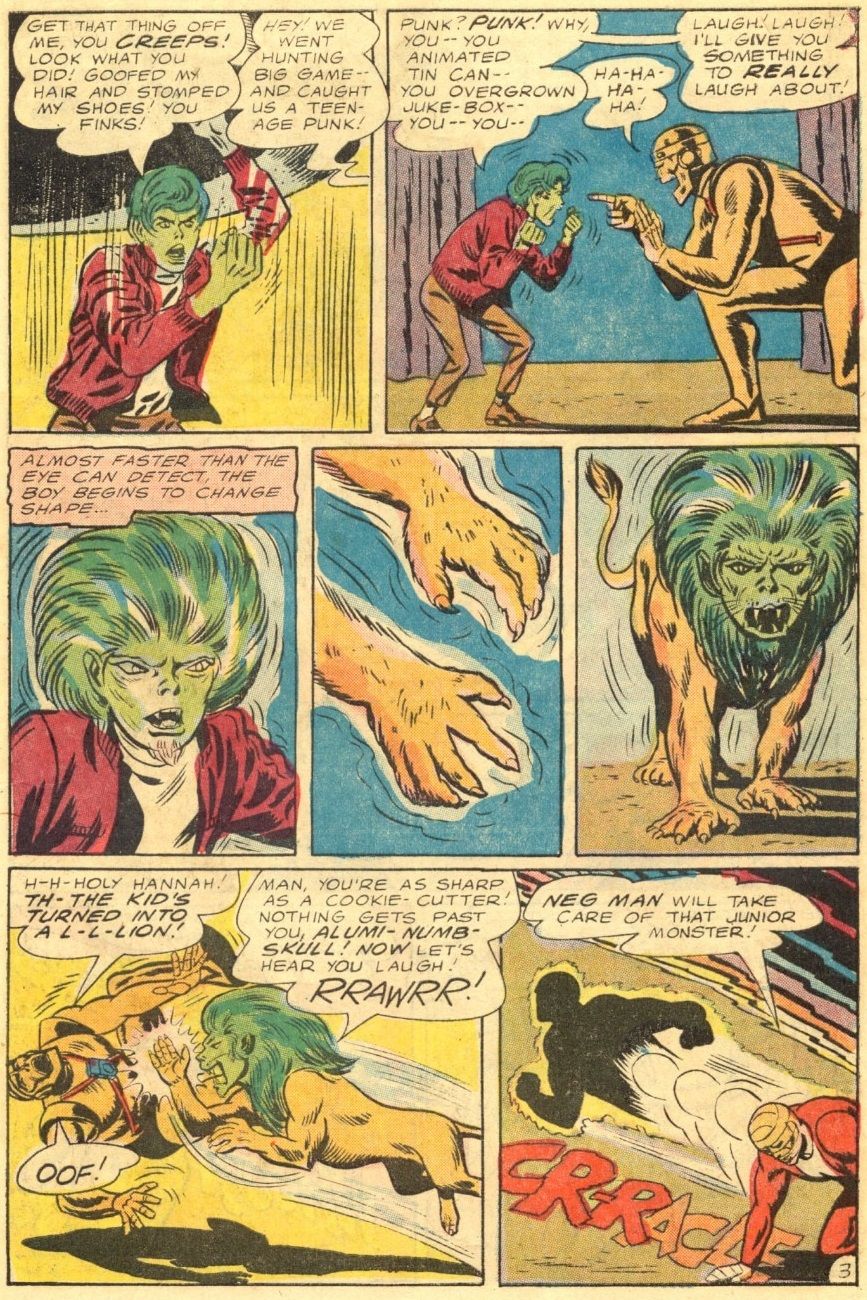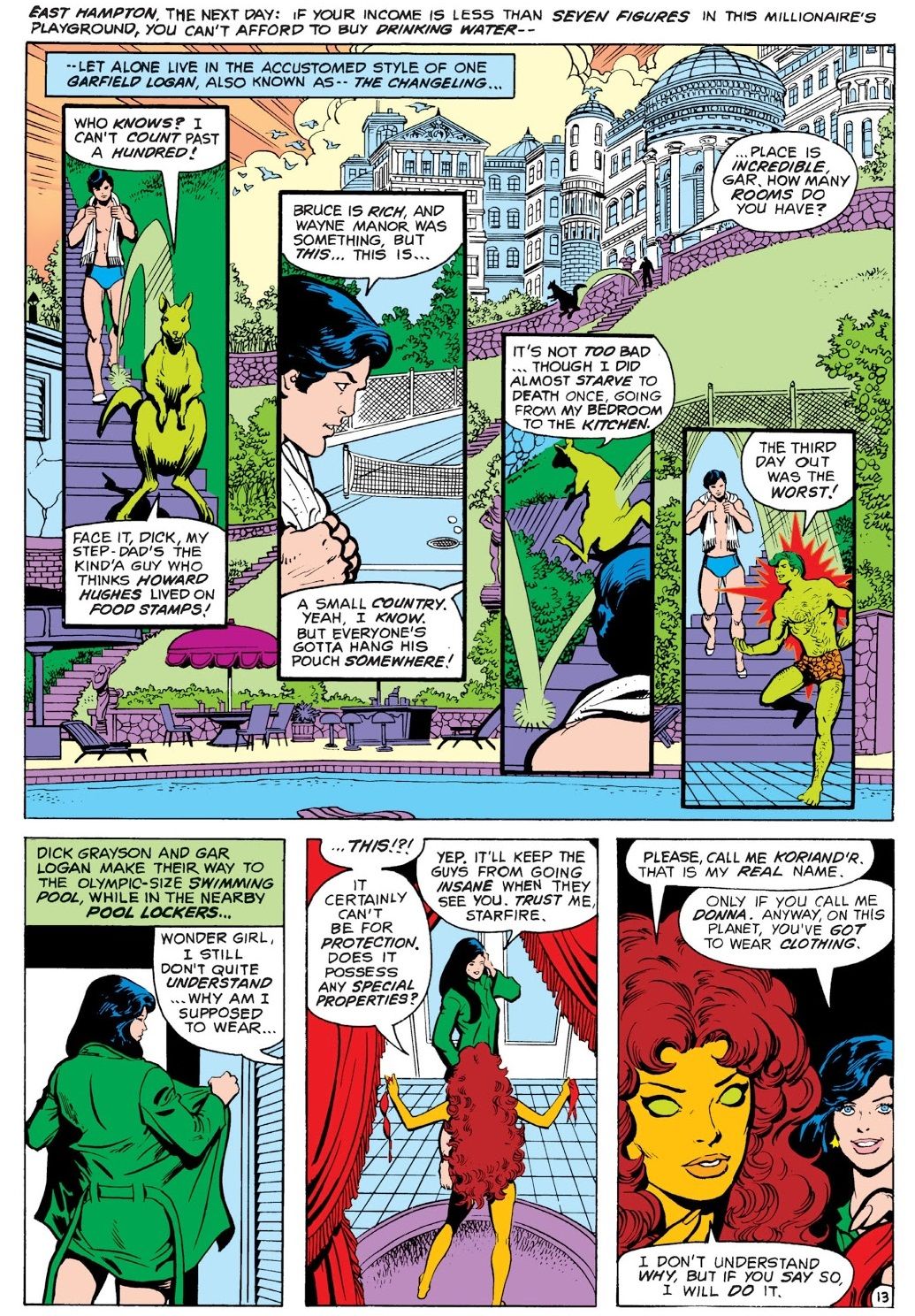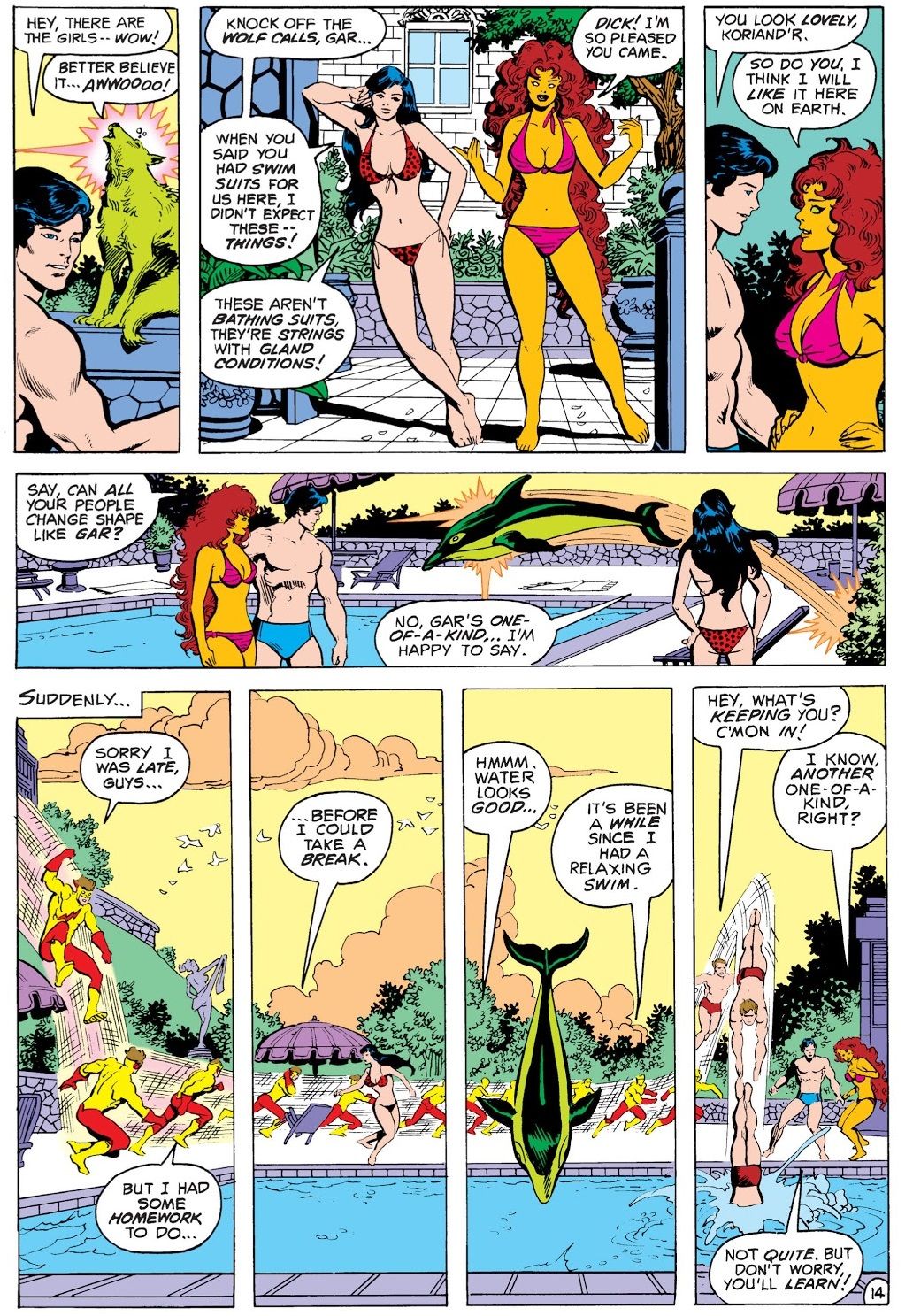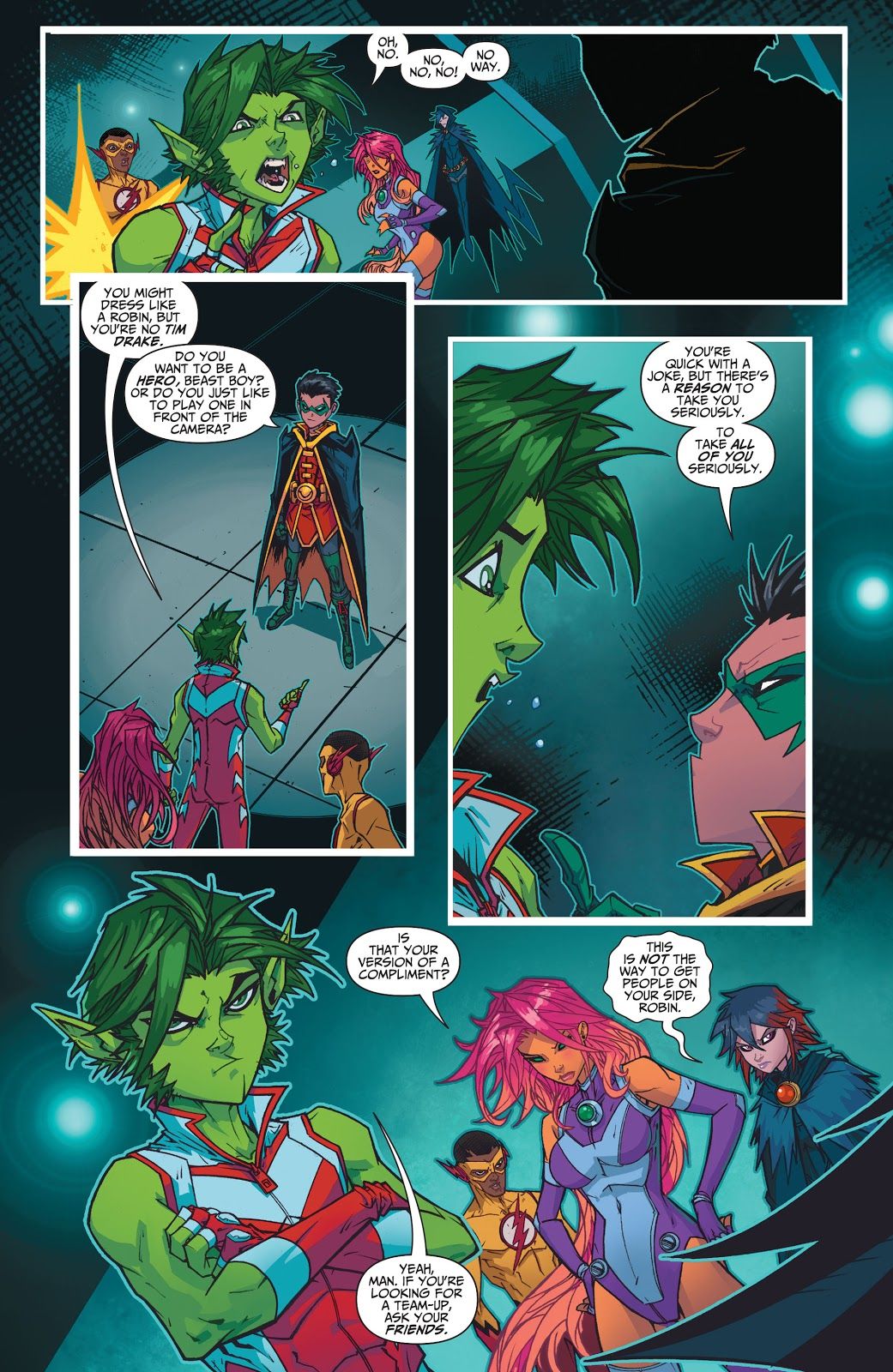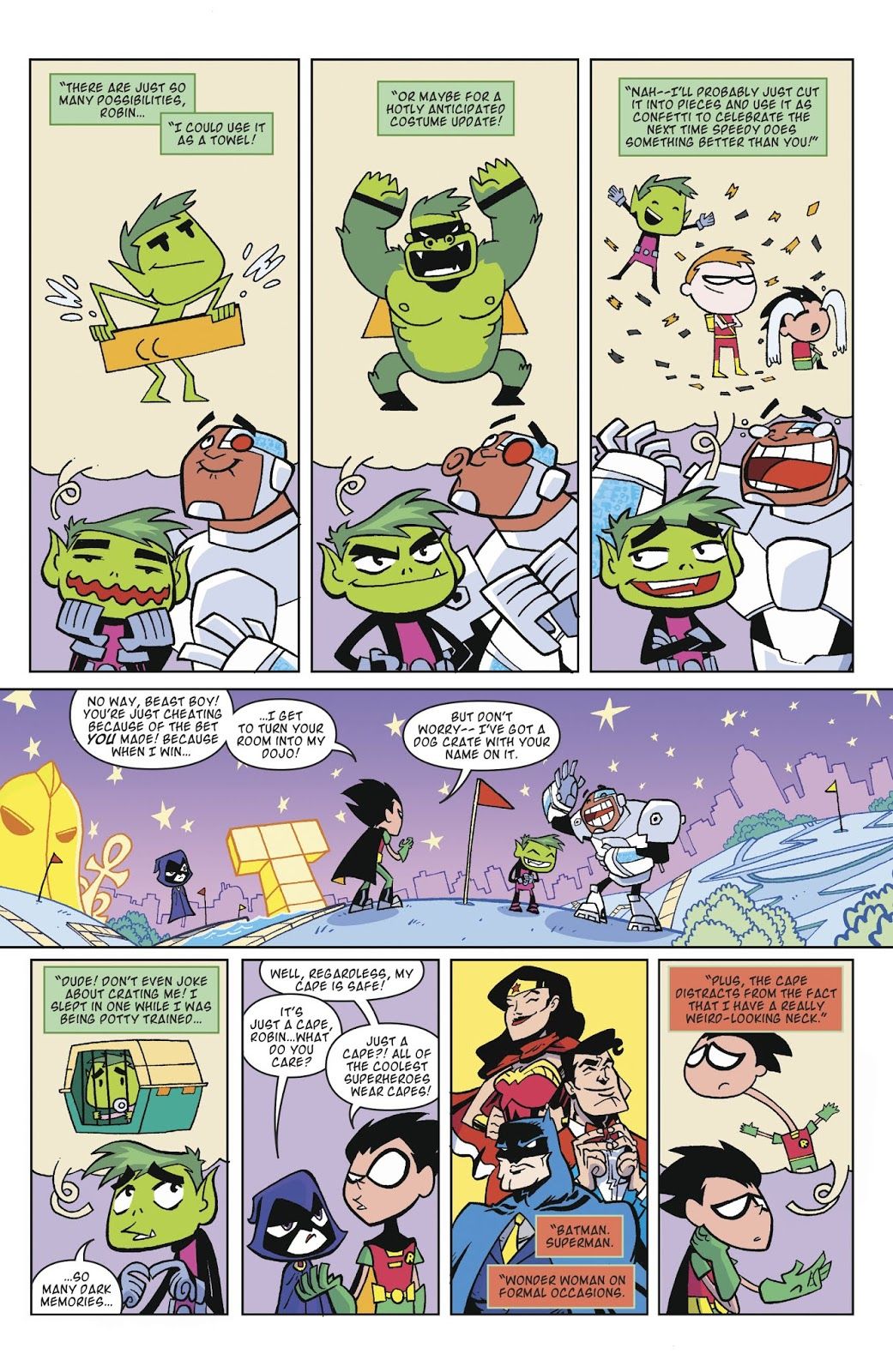After nearly 1,100 ballots were cast, YOU the reader ranked your favorite comic book characters from 1-10. I assigned point totals to each ranking and then tabulated it all into a Top 50 list. We're now revealing that list throughout the rest of the month. The countdown begins now...
In the past, I've typically done sort of "biographies" for each of the characters on the list, but you know what, they're on the Top 100 DC and Marvel characters list, I think we should be working under the assumption that you all pretty much know the basic information about these characters. Instead, I'll just write about whatever interests me about the character in question, including a notable comic book moment featuring the character.
50. Lobo – 236 points (4 first place votes)
Few characters have drifted quite as far from their original intent as Lobo, who was introduced by Keith Giffen and Roger Slifer in an issue of Omega Men as a rather generic mercenary for the team to face off against. He made a few other nondescript appearances but in one of his last Omega Men guest spots, he received a back-up story by Giffen that re-designed the character, giving him more of a "bad ass" look to him. During Giffen's hit run on Justice League International, Giffen decided to bring Lobo into the series as part of a long-running space storyline where the villainous Manga Khan captured Mister Miracle and half of the team goes off into space to rescue their teammate. Lobo is set after them by Khan. The character was really meant as a parody of the sort of Wolverine-type characters that had become popular at the time, but he was interesting enough that when Giffen launched L.E.G.I.O.N. soon afterwards, he included Lobo on the team.
Then a funny thing happened, fans really started to respond to the satirical character, enjoying within him the same basic things that he was parodying! Giffen was working with Alan Grant on L.E.G.I.O.N. and the pair launched a Lobo miniseries in 1990 (with artist Simon Bisley) that was a massive success. People wanted more and so Giffen and Grant just got more and more ridiculous, like the Lobo Paramilitary Christmas Special, where the Easter Bunny hires Lobo to kill Santa Claus!
And yet it continued to sell like crazy! For a little while there around 1991, Lobo was so popular that he was included on DC's Christmas stationary, right alongside Superman, Batman and the rest! Eventually, Alan Grant got to write a long-running Lobo ongoing series (plus a series of miniseries) that were a bit more tamer, but still pushing the boundaries throughout the run. During the New 52, DC tried to dramatically revamp Lobo to get rid of some of the excesses of the past, but that did not work out and the character has returned to his old self.
49. Question (Vic Sage) - 237 points (3 first place votes)
It's often interesting to me how people will insist that character remain "in character," but when a really good story is written featuring the character, suddenly it really doesn't matter that much just how consistent the character is depicted. I guess you could argue that there is sort of a quality/recharacterization ratio that "must" be achieved before people will let something go without complaining. If the story is really well written, then people give a lot more leeway with the character stuff. If the story is a bit sketchy, then they're going to be stricter about the character being written "in character."
I bring this up because when DC brought the Question over in the late 1980s, they dramatically reworked the character. The Question was created by Steve Ditko for Charlton Comics in the late 1960s and he was essentially a mouthpiece for Ditko's Objectivism beliefs. Charlton had a general "let Ditko do whatever he wants" approach, but even they were a bit squirmy over some of the things that Ditko was doing with the Question. Stuff like letting criminals die because they chose their path, why should he go out of his way to help them?
When DC took over the characters, however, following Charlton getting out of superhero comics for good (right before their comic book line closed period), Denny O'Neil launched a Question series with artists Denys Cowan and Rick Magyar and O'Neil's take on the character was big into zen philosophy and questioning violence and innocence and stuff like that. Check out this bit from Question #8, where a bad guy is about to kill the Question because the bad guy wants to take an innocent life...
The Question was later portrayed as obsessed with conspiracy theories on the Justice League cartoon and that's become a popular take on the character, as well. The New 52 has been all over the place with the Question, but he is about to star in his own Black Label series that could be the start of a new chapter for the character.
48. Batwoman (Kate Kane) - 245 points (7 first place votes)
52, by Grant Morrison, Mark Waid, Greg Rucka and Geoff Johns became a much different story than its original listed intention of filling readers in on what happened to the DC Universe in the year following Infinite Crisis. At the time, every DC title went one year into the future, with a number of major changes to many characters happening in the books. The conceit is that Superman, Batman and Wonder Woman each took a year off and so 52 would show what happened with those three heroes missing for a year, while also filling in all the various changes that occurred over that missing year. However, pretty soon, the writers got caught up in their own stories and there was a SECONDARY miniseries later on that filled in most of the changes all at once. One of the major changes to the DC Universe during this run, though, was the introduction of a new Batwoman.
Kate Kane was notably one of the few prominent lesbian superheroes in the DC Universe. Dan Didio explained his reasoning for having the character be gay, "It was from conversations we’ve had for expanding the DC Universe, for looking at levels of diversity. We wanted to have a cast that is much more reflective of today's society and even today's fanbase. One of the reasons we made her gay is that, again when you have the Batman Family—a series of characters that aren’t super-powered and inhabit the same circle and the same city—you really want to have a point of difference. It was really important to me to make sure every character felt unique."
That led to one of the most powerful superhero origin stories around, where Greg Rucka and J.H. Williams III revealed in Detective Comics #859 that Kate Kane was pushed out of the military due to "Don't Ask, Don't Tell"...
She was put into a tailspin from her loss of military service, and she found herself embracing the vapid life of a socialite until she was rescued one night from a crook by Batman and she realized that she had the skills and the tools to help fight crime just like Batman. One of the most interesting aspects of that original series is how Williams changed his style for the flashbacks compared to the main action scenes set in the present day (as seen in this bit from Detective Comics #854)...
Batwoman notably was one of the few characters who didn't see much of their background altered at all during the New 52. Who could do it any better than that, ya know?
47. The Spectre (Jim Corrigan) - 246 points (2 first place votes)
One of the most interesting things about the introduction of the Spectre is that Jerry Siegel and Bernard Baily came up with him so soon after the introduction of Superman (and thus, the boom of superhero characters) that there really were not yet any hard and fast rules as to what superheroes should be and act like. Siegel's own Superman, of course, was not the standard type of superhero at the beginning, either. So the idea of a cop killed and then brought back to life as a spirit of vengeance was not quite as unusual as it would sound as a superhero concept just a few years later.
Like most of DC's characters during the 1940s, the Spectre did not really make it out of the Golden Age and it wasn't until the Silver Age in the late 1950s that the Spectre was revived, but there was not a whole lot done with the character until the 1970s, when editor Joe Orlando was mugged and decided that he wanted to see some good old fashioned VENGEANCE in the comics and so Orlando had Michael Fleisher and Jim Aparo do a new take on the character that took full advantage of the relaxed standards of the Comics Code from 1971 to go all out with their depictions of old school "Eye for an eye" revenge...
This stuff is disturbing NOW, can you even imagine what it was like for the readers of 1973?
As noted, that approach for the Spectre was a bit of a straightforward "isn't revenge awesome?" take, but that led to a brilliant 1990s series by John Ostrander and Tom Mandrake that took things one step further and explored some of the ethical questions that arise when you're dealing with a guy with practically unlimited powers. The Spectre stops by a prison in Spectre #52 and it is like a kid in a candy shop, with the Spectre getting to torture various criminals, but he then sees an innocent man and Spectre is conflicted. He is there to AVENGE stuff, not STOP stuff from happening, so what do you do with an innocent person about to be put to death? Spectre comes up with a clever, if off the wall solution, let the people of New York know that if this innocent is put to death in the name of the New York people, then the Spectre will punish THE ENTIRE STATE...
46. Beast Boy/Changeling - 254 points (3 first place votes)
In a lot of ways, Beast Boy is a victim of the shift in comic book continuity towards a set-up where characters age and grow up. For decades, no one really aged in comics. Superman and Batman were perpetually just shy of 30 and the same went for Robin. He was always the Boy Wonder. Over time, though, Marvel made strong use of their characters growing, with Peter Parker graduating high school within the first three years of Amazing Spider-Man and by the end of the decade, DC began to allow their characters to age, as well.
That's not necessarily a big deal, but it is when your whole identity is sort of revolved around being the young one. Beast Boy was introduced in Doom Patrol #99 by Arnold Drake and Bob Brown as "The young one" in the group...
When the Doom Patrol died, Beast Boy essentially went into character limbo. When the New Teen Titans launched in 1980, he was available, so Marv Wolfman and George Perez added him to the team, changing his name to Changeling. He was the youngest member of this team, as well, and was the team's jokester and also kind of horn dog...
It suited the character well, but over time, as everyone grew up, Changeling as a grown up really wasn't all that compelling of a character. Check out some of the stuff that they tried to do with him as he grew up...
It really doesn't fit, right? That's why, even before the New 52 occurred, Beast Boy (he went back to the name around 2000) saw himself de-aged and that carried over into the New 52 and Rebirth...
And, of course, perhaps the most popular version of the character is the perpetually young member of the Teen Titans on the his series, Teen Titan Go...
That show evokes the classic earlier uses of the character and demonstrates that there are certain characters that really do best when they're kept as "the young one" on the team.

